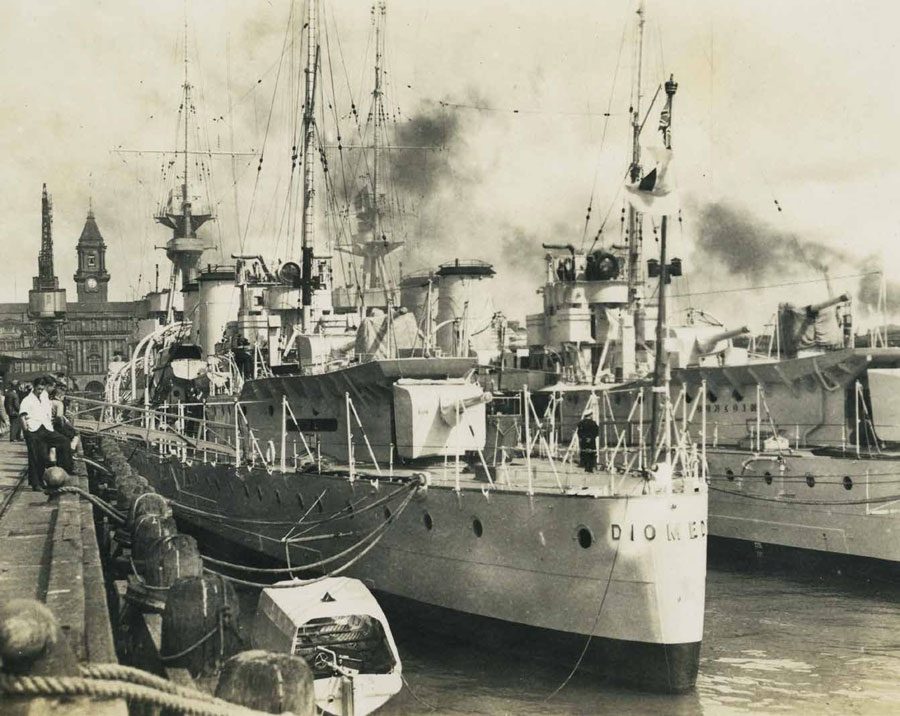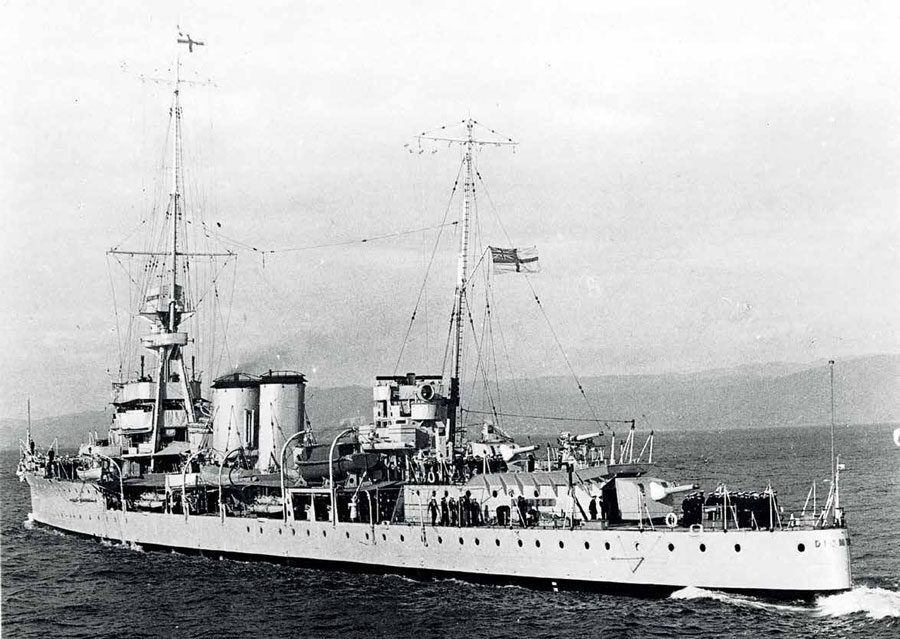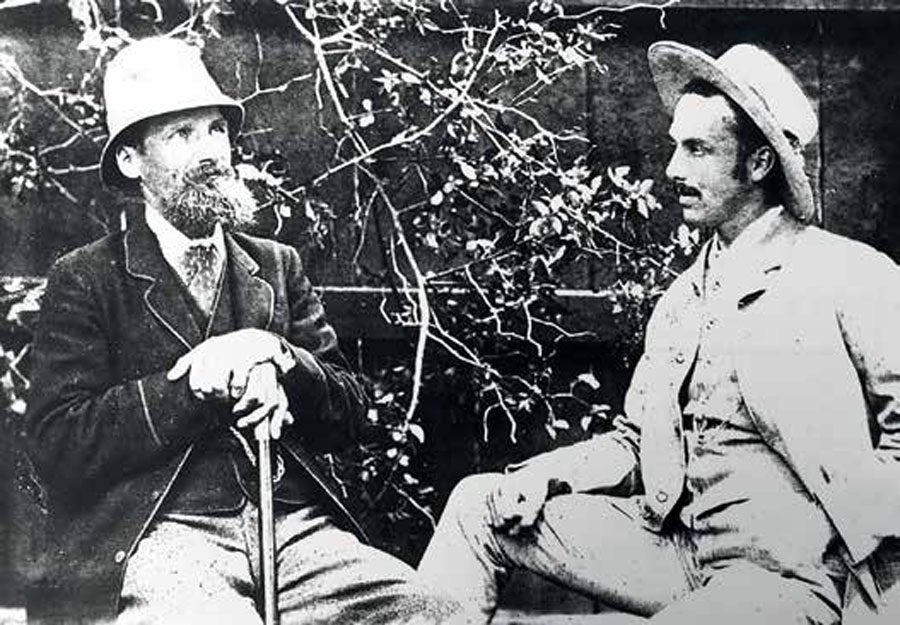

In the second half of the 19th century a large part of New Zealand’s coastal trade was in Maori-owned vessels.
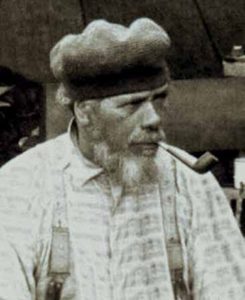
Of the vessels registered as British Ships in New Zealand, and that was a fraction of the number actually trading, there were nearly 200 individual Maori owners. Most of these vessels had Maori skippers, many of them master mariners, and Maori crew.
One of the most prominent of these owners was Tenetahi of Hauturu (Little Barrier). Tenetahi knew the Hauraki Gulf better than any man. He was born on Aotea (Great Barrier) in 1826 or 1827, the son of Pohuehue of Ngati Wai. He married Rahui te Kiri, the daughter of Te Kiri, a chief of Ngati Wai. They settled on Hauturu in the late 1860s and began to stock it with pigs and cattle. They had 10 children. Rahui often sailed with Tenetahi as his Mate and played a vital role in running the vessel.
Tenetahi’s first vessel of any size was the cutter Rangatira, built for him in the winter of 1876 by Angus Matheson at Little Omaha at the entrance to Whangateau Harbour. She was a substantial craft, 27 tons in displacement, 52.4ft overall, 16ft beam and with a draught of 6.2ft.
The New Zealand Herald of 6th November 1876 reported, “OMAHA”
The cutter which has for some time been in course of construction at the shipyard of Mr. A. Matheson, to the order of Mr. Tenetahi, was launched into her future element this afternoon, at about 5 o’clock. The ceremony of christening with the usual bottle was performed by William, a son of Mr. Tenetahi, who named her the Rangatira, after which she glided down the ways beautifully, amidst the cheers of a large number of both Europeans and natives. She was admired by everyone present, as anyone could see at a glance that the timber, rigging, and workmanship was of the very best; and as to her model, it is the finest I have seen in the colony without any exception, and this is not only my opinion, but it is also the opinion of people who are considered to be well up in nautical matters. After the launch, success to the Rangatira, the health of the builder and owner, was drunk by those present, who must have numbered nearly 150. In the evening the company was invited to the Pa, the residence of Mr. Tenetahi, and a large number responded to the invitation, where dancing was kept up till the ‘wee, sma’ hours.’ I hear that it is the intention of the owner to enter the vessel for the regatta, and if she does not shew well to the fore, she will deceive everyone that has seen her yet.”
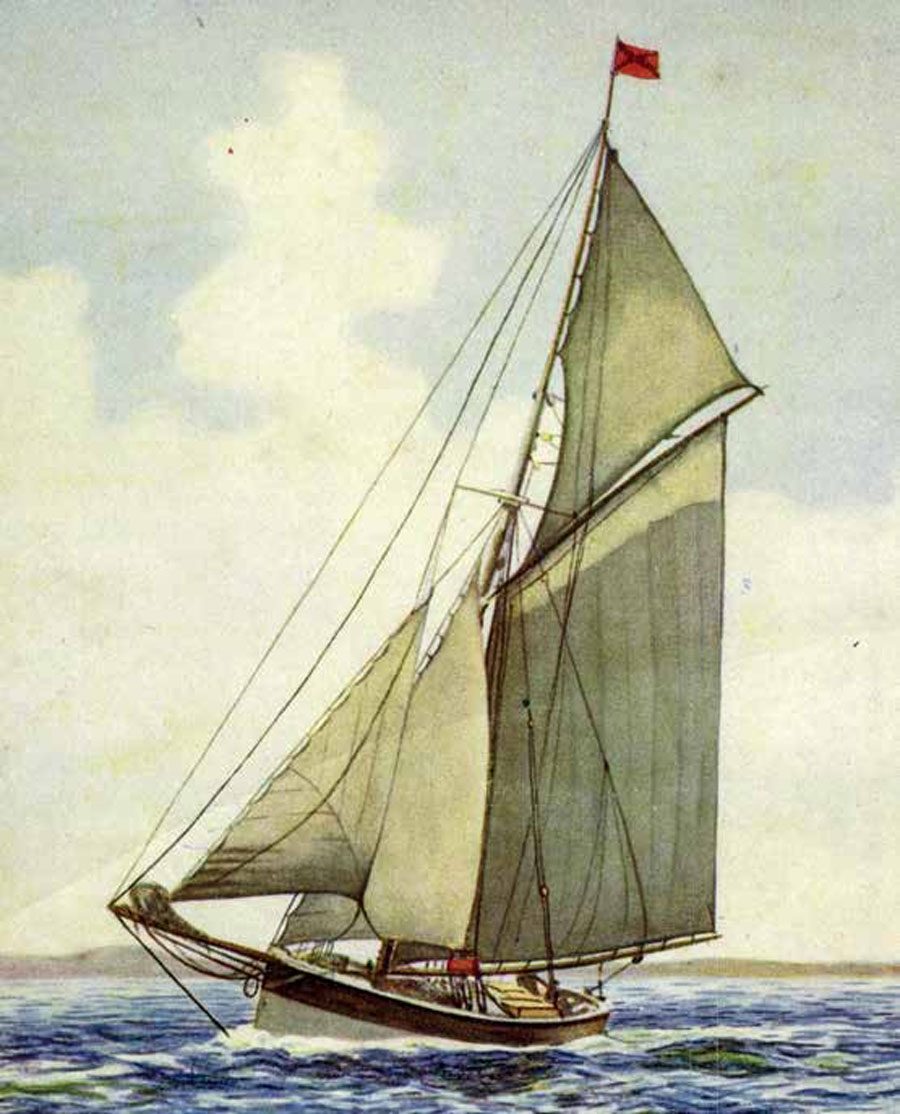
A major incentive in building Rangatira was the large prizemoney offered to the glamour classes at the Anniversary Regatta, the ‘Coastal Traders’. Second on the drawcard on Anniversary Day, 29th January, was a race around Tiritiri and back for ‘Trading Cutters of 25 tons and upwards’. With a first prize of £40, the equivalent of $5,000 today, it was a great attraction, although not enough for the masters of those vessels that had too much paying cargo to be in port over Regatta Day.
Rangatira was a brand-new boat with good lines. Tenetahi already had the reputation of being a crack skipper. Along with the new cutter Thistle, built by Henry Niccol, Rangatira was joint favourite with the bookies in the 1877 Regatta. The start of the race from anchor was a shambles. The wind was squally from all directions. Rangatira came in fourth; Thistle lost her topsail and managed only eighth.
Tenetahi had no difficulty picking up work around the Gulf for Rangatira. A staple job was cutting 50 tons of manuka for firewood on Aotea or Hauturu and running it to Auckland, where there was a constant demand. He became a well-known man about town in Auckland with his smart cutter and his sporting character. One of his sons was a boarder at Tipene (St. Stephens School) and played rugby for the school.

The 1878 event went rather better for Tenetahi. He had entered Rangatira against five others, Thistle, Leo, Spitfire, Three Brothers and Ness. On the day, the wind was so light that the race was called off. On the resail Rangatira was home first.
In the 1879 Regatta Rangatira was joined by a bigger ketch, Sovereign Of The Seas, built by George Sharp at Matakana in 1866 and entered by George Short. Although the favourite, Rangatira came in third to Fannie and Sovereign of the Seas. On 30th January 1879, Tenetahi issued a challenge to the owner of Fannie to sail over the same course for £100. It seems that the challenge lay on the table.
The 1880 race was a clear victory for Tenetahi for a Cup worth £35 and £15 in cash. Tenetahi’s crew got away smartly and Rangatira was standing into Mechanics Bay on the first leg before Fannie was under way. Rangatira led the race from start to finish, around North Head and around Tiritiri. Rangatira beat Fannie in by over three minutes after a well-judged race. Tenetahi was now rightfully proclaiming Rangatira as Champion in the 25 tons and upwards class, and there was no argument on the Auckland waterfront.
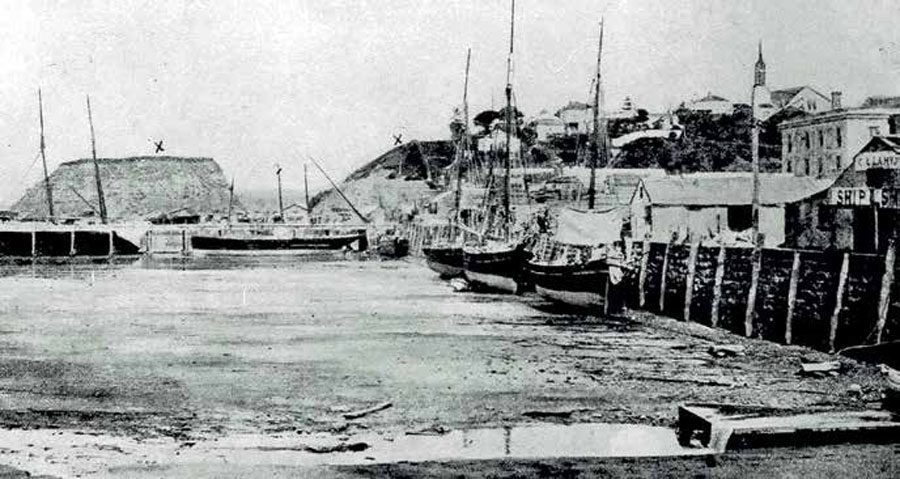

The 1881 races were styled the ‘Auckland Intercolonial Regatta’ to emulate that year’s Melbourne’s Intercolonial Regatta which attracted entries from several of the Australian Colonies and, from Auckland, Robert Logan’s new yacht Akarana. It was not a repeat of the easy 1880 win as Tenetahi had to work Rangatira up through the fleet to catch Fannie and Rose, who had a better start, passing the finishing mark at Queen Street Wharf almost six minutes ahead of Fannie.
In 1882 the over 25-ton race was restricted to cutters, the ketches and schooners having their own event. The wind was light, varying from S to SW. There were only three entries, Rangatira, Rose and Paku. Rangatira won by half an hour.
Although it is outside the scope of this article, Tenetahi had now become deeply involved in a Native Lands Court dispute over ownership of Hauturu which occupied much of his time and energy over the next two decades.
For 1883 the wind was light and variable. There were five good entries, Rangatira, the 1881 Henry Niccol-built Deveron, Lizzie, sailed by Thomas Ricketts who had formerly been the master of Fannie, Rose and Sovereign of the Seas. Tenetahi made short work of the strong opposition, passing the finishing mark 10 minutes ahead of Rose. Because Rangatira appeared to be unbeatable, muttering arose around the waterfront that she should be given a handicap in future races.
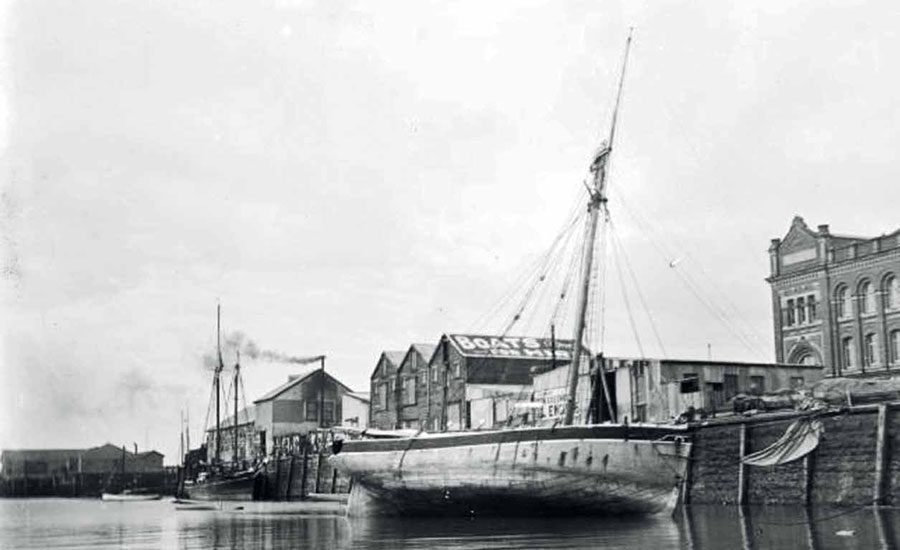
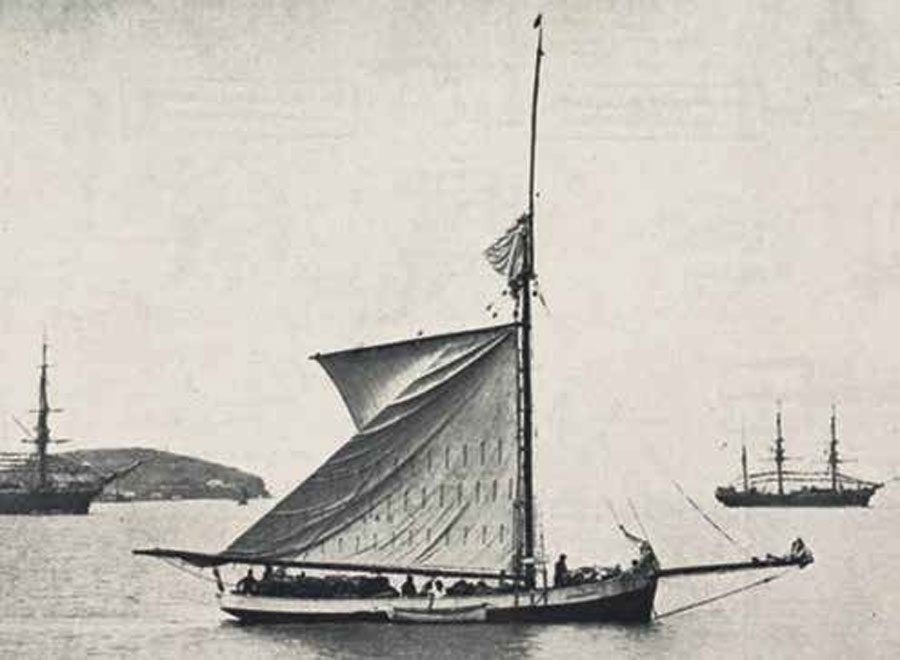
On September 2, 1883 Rangatira arrived in Moanauriuri Bay on the northwest coast of Aotea to take aboard some whaling trypots and ship them to the eastern side of the island. Strong westerly weather came up. On a second attempt Tenetahi managed to unload the trypots in settled SW conditions at Whangapoua on the eastern coast and take on 15 tons of firewood. The wind suddenly came in violently from the ENE. The seas rose rapidly. Rangatira started dragging her anchors. She was embayed in pitch darkness, every skipper’s nightmare.
The crew got up shortened sail and beat her about until 5:00am when, “the captain saw that all efforts were hopeless and told the men to strip and swim for their lives as they were going on the rocks.” Tenetahi, his wife Rahui, and the three crewmen got safely ashore, but Rangatira was smashed to pieces on the rocks in the fury of the easterly.
This episode in Tenetahi’s adventurous life strikes a chord in me because in 1954 I was in that exact situation in Dean Macky’s ketch Raumati (ex-May). Dean was ashore on the beach at Whangapoua talking to the Overtons when the easterly came up ‘out of nowhere’. Dean’s wife, their toddler and baby were alone aboard the ketch. Barry Brickell and I were staying with the Overtons. We swam the dinghy out to Raumati with Dean rowing through breaking surf. We made sail, got her off, and around to the Needles, thanks to daylight, Bert Woollacott’s great design and workmanship… and the Ford 10 auxiliary. BNZ


